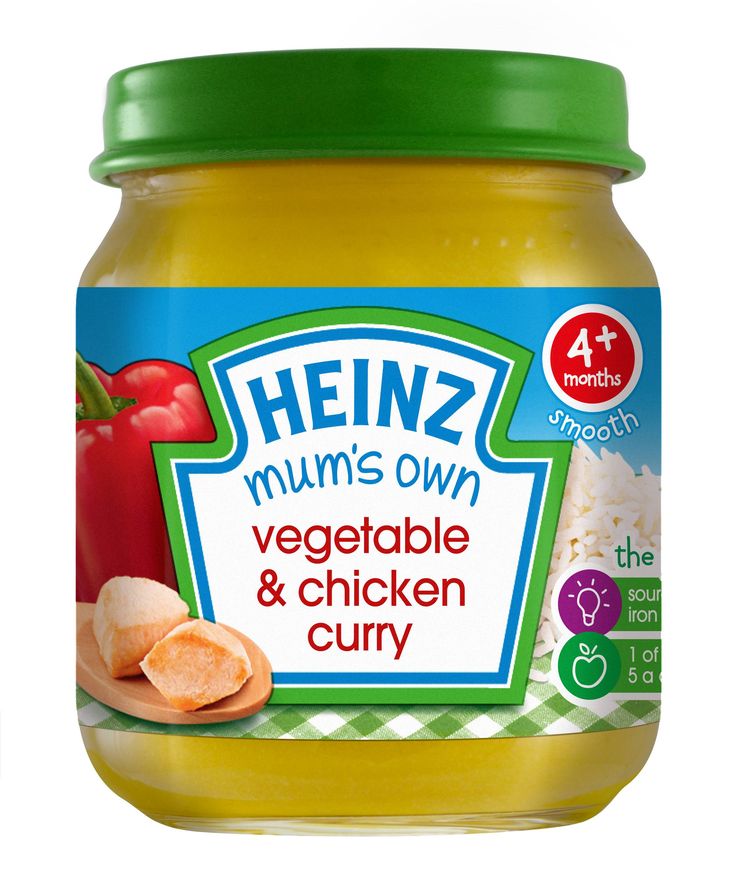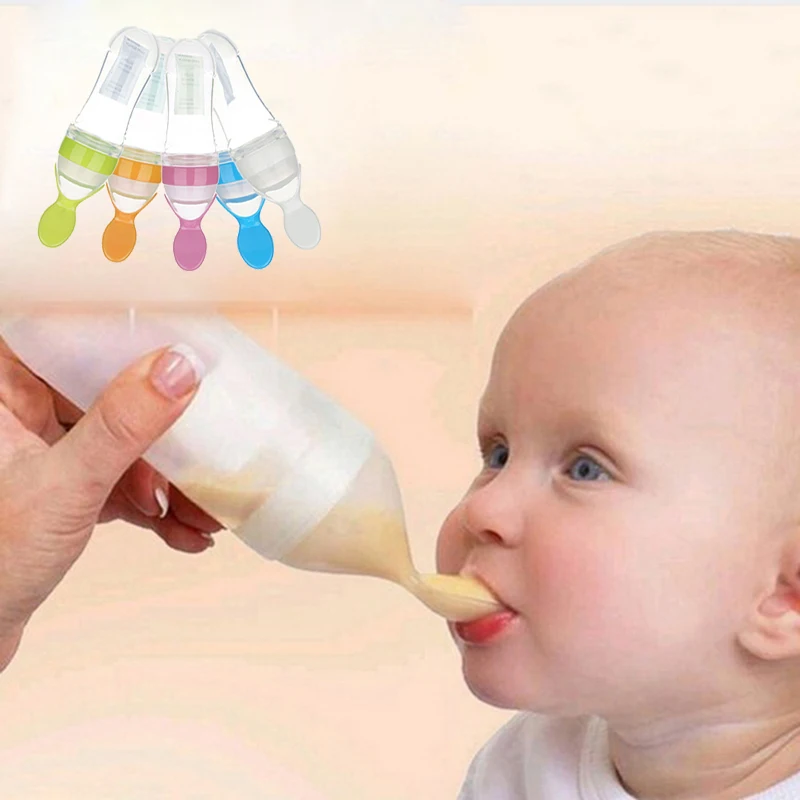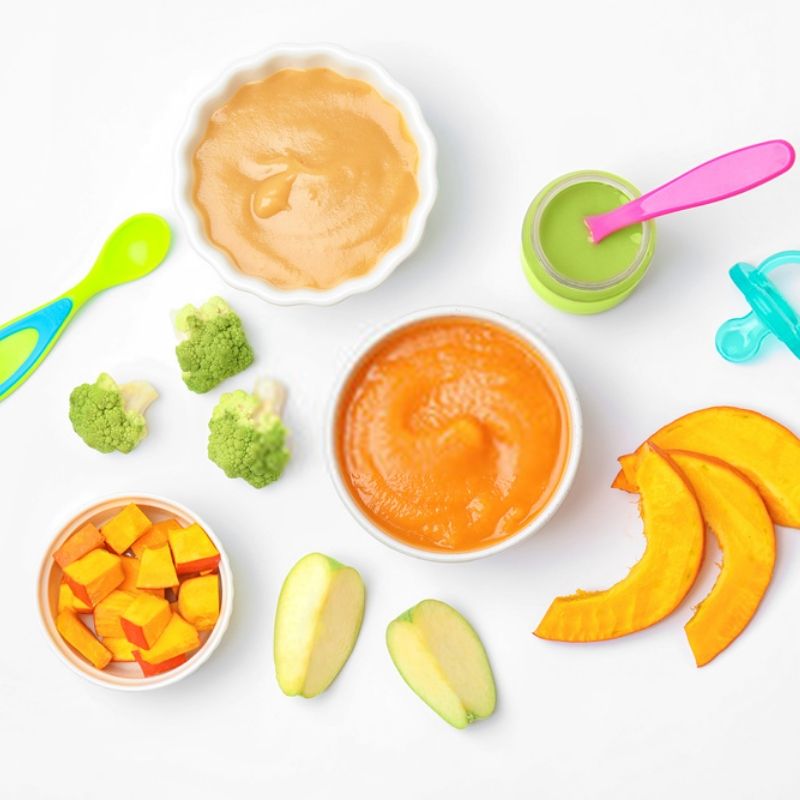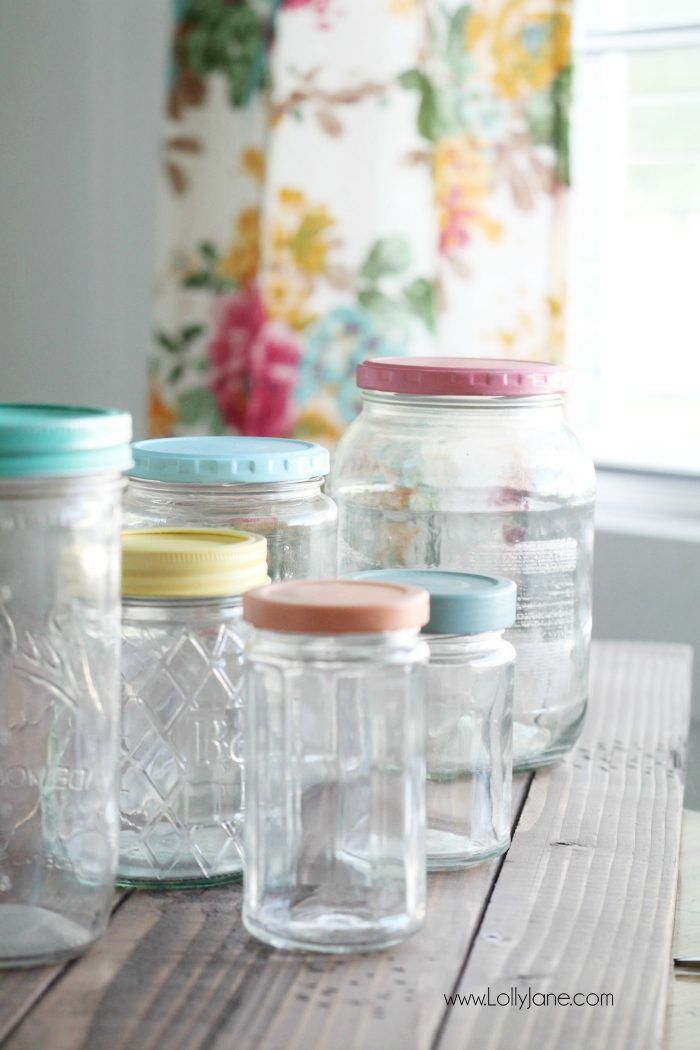Baby net food
Ultimate Guide to Baby Feeders: Mesh and Silicone
You may have seen baby feeders, whether mesh or silicone, and wondered what they are for. They are a great tool for feeding babies and toddlers—and are especially awesome for teething relief. There are many on the market though, so today I’m sharing the best of the best.
Baby Feeder
A baby feeder is made up of an easy-hold handle and a little pouch with lots of holes. The idea is that the holes allow some of the flavor and texture of the food to come out, without the concerns that may come with larger pieces of food.
This means you can worry less when it comes to choking risks.
One thing to keep in mind: They don’t allow babies to have the full texture experience of the food—since the texture is mostly the mesh of the feeder. That means you don’t want to use one of these for every meal (or even most meals).
Lots of exposures to lots of textures helps babies and toddlers gain confidence in handling all sorts of foods, which can make feeding kids a lot easier over the long run.
But an infant feeder can be a handy tool to have in the mix, especially if on the go, starting to transition to baby food, or trying out a new food that has you a little nervous.
And they are a great way to offer cold teething relief to soothe baby’s gums.
Baby Fruit Feeder
Many people like to use baby feeders to offer fruit, either fresh or frozen, since the product is a safe way for baby to suck on and explore the flavor of a wide range of fruit.
TIP: Another name for this is Baby Fruit Pacifier.
Best Baby Food Feeders
Below are my top picks for infant feeders chosen for ease of use, durability, and ease of care (as in washing!). There are different materials listed, as well as specific information on each product.
Best Mesh Feeder
Munchkin Baby Feeder, sold in a set of two. (Or choose the ones that come with travel caps.)
This baby feeder has a streamlined, simple design of a mesh bag for the food and a ring for baby to hold onto.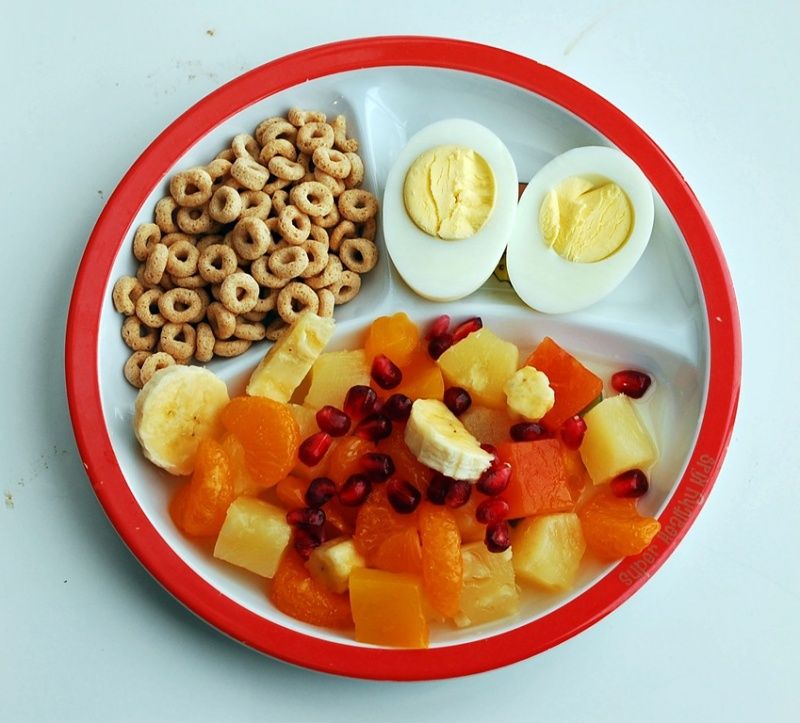 Small, digestible pieces of food come through so baby is getting some nourishment (and comfort if using for teething) without the risk of choking. It’s about $7 for two of them.
Small, digestible pieces of food come through so baby is getting some nourishment (and comfort if using for teething) without the risk of choking. It’s about $7 for two of them.
Best Silicone Feeder
Boon Silicone Feeder
This baby feeder, which is priced at under $6, is made from durable silicone and can be used with fresh or frozen foods. The interior stem forces food toward the tiny holes in the feeder and the small handle is sized just right for baby’s little hands.
Kidsme Baby FeederBaby Feeder Pacifier Combo
Kidsme Food Feeder
This popular Kidsme feeder has a replaceable silicone pouch that comes in two sizes, so you can adjust and replace as your child grows. It has a unique handle style that some babies may prefer and can be used as a pacifier too. It’s usually priced around $15 and is recommended for ages 4-24 months.
What baby foods should I put into a baby feeder?
Here are some fruits that are good to serve in a baby feeder:
- Raspberries, fresh or frozen
- Strawberries, fresh or frozen
- Blackberries, fresh or frozen
- Cantaloupe
- Honeydew
- Banana
- Mango, fresh or frozen
- Roasted sweet potato
- Roasted butternut squash
- Ripe fresh pear
- Fresh cucumber, skin removed
- Watermelon
- Cooked red meat such as steak
- Frozen grapes (These are NOT safe served to a child this age in any other way as they are a choking risk.
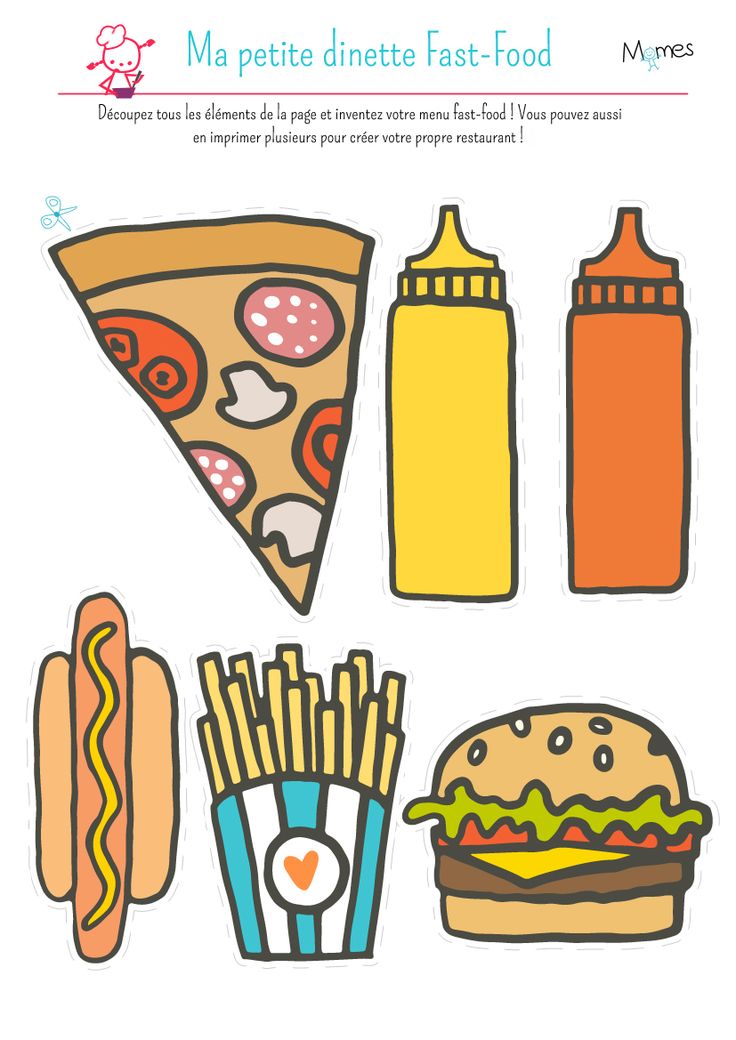 They are fine served inside the feeder, though.)
They are fine served inside the feeder, though.)
TIP: You can use frozen fruit or ripe fresh fruit that’s soft and easy to gum. Avoid any fruits or veggies that are very hard as baby may be frustrated by that texture.
Frequently Asked Questions
What age can baby use a mesh feeder?
Babies can use an infant feeder soon after starting solids around 6 months, or when they can easily hold it and bring it to their mouth.
How do I use a baby feeder to help with teething?
If you fill the feeder, whether mesh or silicone, with frozen fruit, you can soothe teething in infants who are eating solids or in toddlers. It’s cold and yummy, yet requires no real work for the child to suck on, so it’s comforting.
Are all of these baby feeders BPA-free?
Yes, if you choose a mesh baby feeder or one made from silicone, they are BPA-free.
What’s the best way to clean a baby feeder?
Try using a bottle brush or just running water to clean out the mesh. It should be fairly easy to clean if you avoid letting it sit too long with food in it!
Are baby feeders good for babies?
The one downside could be that if you rely on them too much, the child learns the texture of the feeder, rather than of the food. This can make it harder for a child to learn to move actual food around in their mouths and harder for them to accept a range of textures in the future when you don’t want to be using the mesh feeder as much.
Because of that, I recommend using this product at limited times such as when on the go at a restaurant or to help sooth a teething infant, baby, or toddler.
This is not recommended as a way to feed your child at every meal.
If you are worried about choking, review this information on toddler choking and trust that if you serve foods that are easy to squish between your fingers, baby is sitting down at meals, and you are with them, they will learn to eat like so many other kids who have gone before them!
You May Also Like
- Best Baby Puffs
- Favorite Sippy Cups
- Best Snack Containers
- Best Lunch Boxes
- Favorite Suction Bowls
- Top High Chairs
I’d love to hear your thoughts on baby feeders in general or on these specific products, so please comment below to share!
This post was first published May 2019.
Best Foods for a Mesh Feeder
You’ve bought a mesh feeder (also known as a teething feeder) for your baby because you’ve heard they’re a great way to allow your baby to feed himself safely.
But what on earth should you put in it?
One of the most popular foods given in a mesh feeder is banana – probably because pieces of banana can be as slippery as soap and very difficult for your poor baby to pick up! Frozen banana is great too.
But beware – you can ruin your feeder forever if you don’t act quickly to clean it afterwards.
AS SOON as your baby has finished eating, start cleaning the feeder – otherwise, the leftover brown gunk can be very difficult to remove.
Even the dishwasher won’t do a great job if the fruit is left on there for too long.
The best way to get the banana bits out is – quite simply – to hold the mesh feeder under running water and scrub it with a toothbrush (set aside for the purpose) or a stiff dish-washing brush. If the bits are particularly stubborn try soaking the bag in a 50/50 mixture of white vinegar and water.
If the bits are particularly stubborn try soaking the bag in a 50/50 mixture of white vinegar and water.
Other great foods for putting in a teething feeder include
- chunks of melon. Try pureeing melon then freezing it – excellent relief from sore gums if your baby is teething.
- raw apple (apples are fairly hard and many parents worry about the choking risk associated with giving them as a finger food. This is a great way to enable your baby to enjoy fresh apples)
- uncooked pear
- frozen blueberries
- grapes (really yummy when frozen!)
- peaches / nectarines
- pieces of fresh or frozen raw carrot
- fresh strawberries (when appropriate)
- fruit popsicles (try freezing your baby’s favourite fruit puree stirred into yogurt. A messy – but delicious and healthy – treat)
- crushed ice or frozen breast milk
Remember – fruits that are placed in a mesh feeder don’t need peeling, because the skin (and any seeds) will stay inside the mesh bag and your baby will just get the mushy flesh.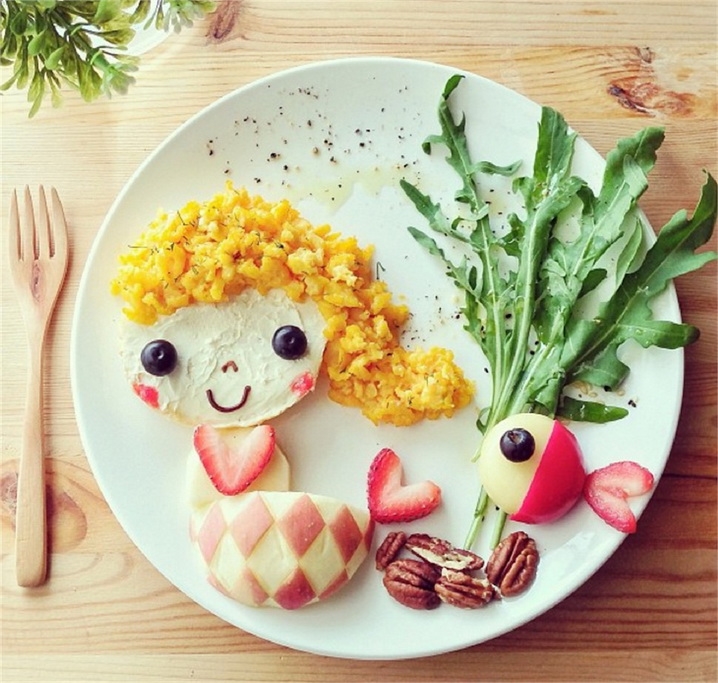
Some parents also put in soft cooked vegetables (such as sweet potato), although your baby should be able to manage these quite well anyway by just mashing them with his gums!
One last point – teething feeders can be messy, particularly if your little one takes to throwing one around. A way to combat this is to use a pacifier clip to attach the teething feeder to his bib – no more feeder flinging!
Haven’t got a mesh feeder yet?
Teething feeders available online from Amazon…
Fresh Food Feeder (US)
Click here for a UK versionWhat does your baby enjoy eating in his teething feeder?
We’d love to hear how YOU use your mesh feeder – and please feel free to share your feeder cleaning tips, too!
By Author Christine
Posted on Last updated:
Categories Feeding tips
Tags applebananablueberriescarrotgrapesmelonnectarinespeachespearstrawberriessweet potatoteethingHow clean eating can impair children's health
Author: Sofia Komninou
08/18/2017
For parents, clean eating seems like the perfect way to introduce healthy eating habits to children at an early age.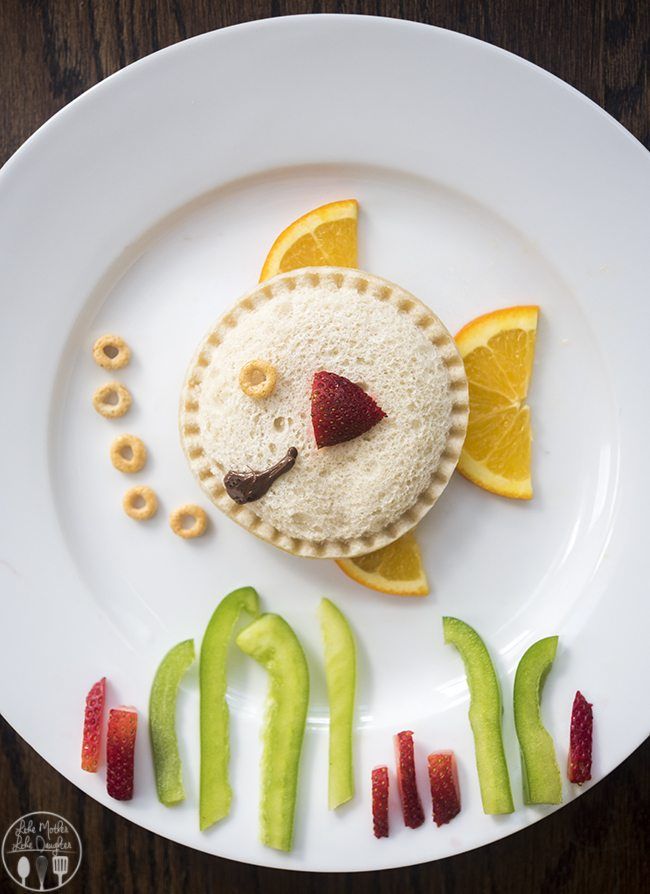 It's no surprise that clean eating is widely discussed by parents who see supermarket shelves full of sugary, nutrient-poor baby food every day. While some clean eating plans are a balanced diet of whole, low-processed foods, there are extreme versions. Some advise limiting gluten intake or eliminating an entire food group, such as cereals or dairy products, while consuming so-called "superfoods" to improve health and well-being.
It's no surprise that clean eating is widely discussed by parents who see supermarket shelves full of sugary, nutrient-poor baby food every day. While some clean eating plans are a balanced diet of whole, low-processed foods, there are extreme versions. Some advise limiting gluten intake or eliminating an entire food group, such as cereals or dairy products, while consuming so-called "superfoods" to improve health and well-being.
Such a diet can no longer be called balanced, because the introduction of any extreme diet can have many negative effects on children's health. The consequence of the exclusion of the basic food group from the diet at any age can be not only inadequate calorie intake and malnutrition, but also a deficiency of minerals and vitamins.
Food groups
Gluten is a protein found in cereals such as wheat, rye and barley. Recently, it has become a major target of clean eating plans. Although some people do have a strong inflammatory response to gluten (celiac disease), most people digest it without problems.
Grains are recommended as the foundation of a healthy diet by leading global health and nutrition organizations such as Public Health England, the Academy of Nutrition and Dietetics and the United States Department of Agriculture (USDA), and are the foundation of the Mediterranean Diet. They contain the carbohydrates the body needs to function, and cutting them out deprives children of a major source of energy for their muscles and brain, which can lead to developmental delays.
In addition to suggestions to avoid gluten consumption, extreme clean eating advocates argue that not all carbohydrates are the same and deny the equivalence of even those substances whose chemical composition is largely or exactly the same. They convince people that refined sugar is an absolute evil, a poison that can undermine their health, however, without the slightest shame, they consume green or protein smoothies containing the amount of sugar as a can of lemonade.
On the contrary, they are sure that they wish well for themselves and their children, providing the body with enhanced nutrition, and even some kind of vegan virtue. Similarly, a cake recipe that contains agave syrup, honey, or coconut sugar instead of refined sugar is promoted as a healthy alternative or gluten-free treat.
Similarly, a cake recipe that contains agave syrup, honey, or coconut sugar instead of refined sugar is promoted as a healthy alternative or gluten-free treat.
Some clean eating advocates also recommend eliminating dairy products from the diet, despite the fact that it is the most effective source of calcium. A cup of milk or yogurt, a slice of cheese can contain 300-400 mg of calcium, while a typical non-dairy meal, with the exception of small fish cooked with the bones, contains less than 100 mg of calcium, and often much less. The calcium requirement for an average adult is about 1000 mg daily. Children go through several periods of intense growth and need even more calcium. Adolescents, for example, need 1300 mg daily. If there is no dairy in the diet, with the rare exception of carefully planned diets, such a diet can slow down growth and reduce bone density in the future.
Tags:
HOW TO EAT
Proper nutritionBaby food can cause allergies
In Russian reality, where baby food is mainly imported from the West, or produced according to Western technologies, the child's body experiences some stress from eating food that is "designed" for a completely different microflora.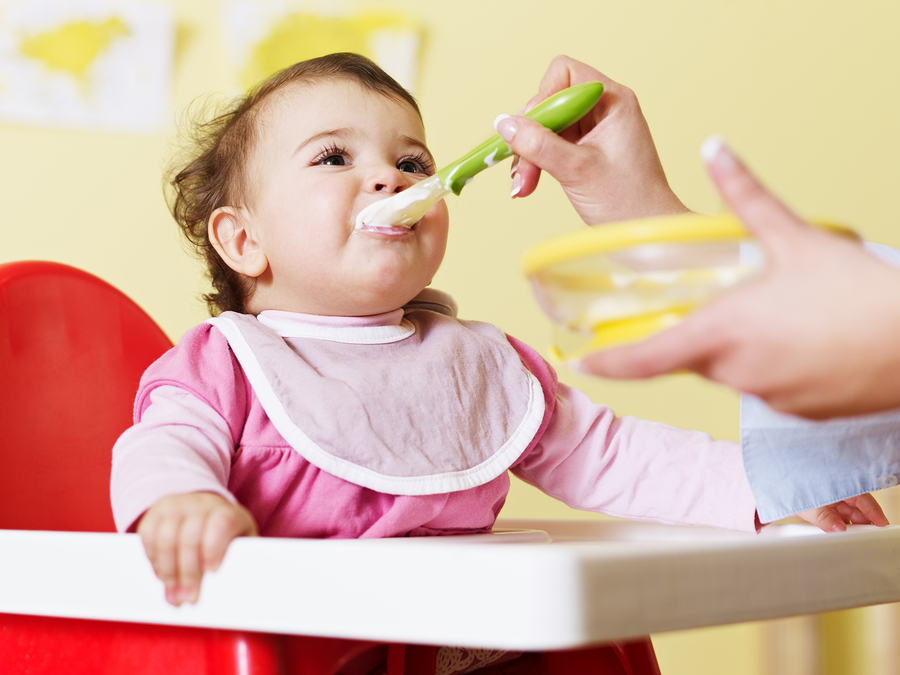 This is due to the difference in ecology as well as in the environment. In principle, there is “proper” nutrition, it is really produced for children who grow up in our country, but this is quite an expensive pleasure for many Russian citizens, especially those who live quite far from the capital.
This is due to the difference in ecology as well as in the environment. In principle, there is “proper” nutrition, it is really produced for children who grow up in our country, but this is quite an expensive pleasure for many Russian citizens, especially those who live quite far from the capital.
Pediatricians recommend, if possible, to include in the child's diet, first of all, organic fruits and vegetables, as well as dairy products and cereals. For the little ones (from 4-6 months old), in whose menu parents have already begun to introduce complementary foods, it is recommended to use baby food with the BIO label on the package, which guarantees the environmental friendliness of the product.
Of course, with the problems of child nutrition in our country, more and more often there is a need for a rather rare profession: a children's nutritionist. However, many parents are afraid of the "incomprehensible" profession and behind their backs call it simply "pumping money.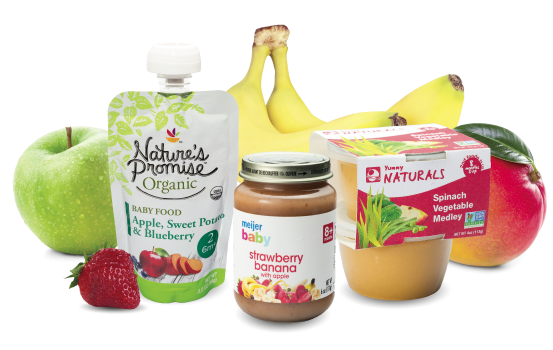 " If you look at it all from a scientific point of view, and after looking at the results of various studies, you can come to the conclusion that the benefits of healthy eating habits not only exist, but are literally ready to prolong the life of a small person.
" If you look at it all from a scientific point of view, and after looking at the results of various studies, you can come to the conclusion that the benefits of healthy eating habits not only exist, but are literally ready to prolong the life of a small person.
“Environmentally friendly products increase the energy value of a child's diet, saturate the body with all the vitamins and minerals necessary for life. With the transition to a bio-ration, the number of protective immune cells in the blood increases, which resist viral infections, - says Alina Eremeeva, pediatrician, gastroenterologist, Ph.D., associate professor of MMA named after. Sechenova, HiPP expert - Scientists from the Ludwig-Boltzmann Institute of Biological Agriculture in Austria have proven that such products contain 10-15% more vitamins and microelements, and also reduce the risk of developing allergies.
The concept of "sustainable" does not only mean the rejection of chemicals, it covers the entire production process, from cultivation to packaging. Only those products that are produced in accordance with the standards of organic farming are environmentally friendly:
Only those products that are produced in accordance with the standards of organic farming are environmentally friendly:
- without pesticides;
- free of synthetic feed additives and growth regulators;
- free of artificial preservatives, colors and flavors;
- without chemical enzymes and additives;
- without the use of genetic engineering.
The first organic food for children came to Russia from Europe. The presence of the European BIO label on the packaging ensures that all stages of production, packaging and transportation of organic products are strictly controlled in accordance with the EU regulation on organic farming and the corresponding labeling of agricultural products and food products.
Products for organic baby food meet all hygiene requirements. To ensure that baby food is sustainable, manufacturers conduct more than 260 tests - from soil and air quality to the consistency of the contents of each jar. Modern technologies make it possible to preserve vitamins in products as much as possible, process vegetables, fruits, cereals and meat without loss of useful properties, safely combine ingredients important for the development of a child in one product, as well as add all the necessary substances (vitamins, minerals) and make baby food useful, varied and easy to understand.